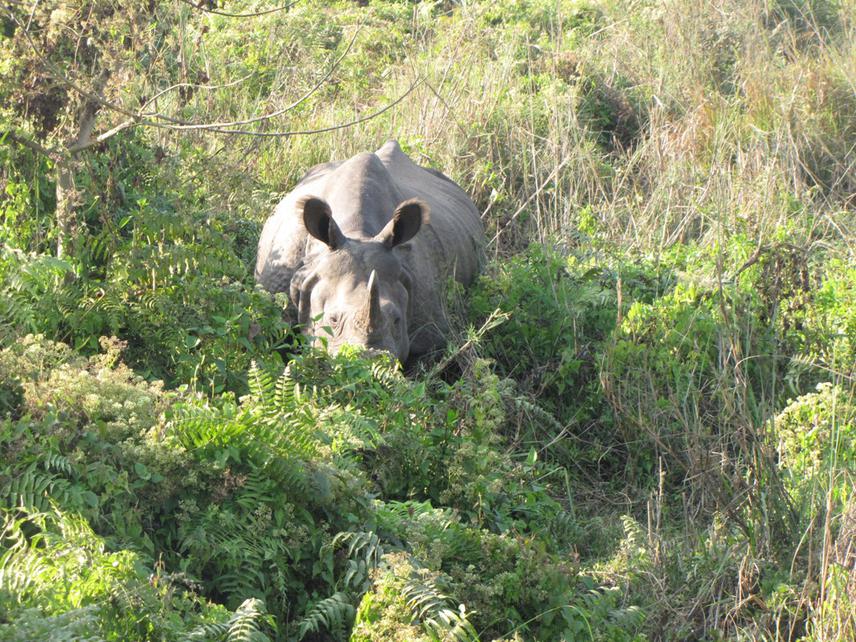Suman Bhattarai
Other projects
14 Feb 2007
Awareness Creating and Knowledge Imparting Project for the Conservation of Internationally Valued, Nationally Endangered and Globally Threatened Species ‘Rhinoceros unicornis’
23 Sep 2008
Rhino Conservation through Livelihood Enhancement, Poor’s Education and Awareness Creation by Mobilizing Youth and Community Based Organization
11 Dec 2009
Conservation Based Networking and Library Establishment Project to Strengthen Rhino Conservation Program
Strengthening rhino conservation action for sustaining increased population outside the protected area through assessment of habitat condition and local perception

Rhinos, Appendix-1 (CITES 2005), vulnerable (IUCN 2008) and nationally protected (NPWC/Act 2029) species, are restricted in few pockets with fluctuated numbers (DNPWC 2009 and 2015). Chitwan National Park (CNP) and its surrounding area support about 24% of its global population and more than 93% of Nepal (DNPWC 2014 and 2015). Once widely distributed its population dropped at less than 100 individuals in 1966 (HMGN 2006). Recent count (2015) found 605 rhinos in and outside CNP however; population trend shows instability. There were 503, 408, 372 and 544 rhinos in 2011, 2008, 2005 and 2000 respectively (HMGN 2006, DNPWC 2009 and 2015). Slow recovery was also seen in 2000 but within 5 years population downed unbelievably. So, sustaining increased population is more crucial rather than population increase. Rhino habitat inside park is decreasing (Pant et. al 2015, Bhattarai and Paudel 2012, Kafle et.al 2009, HMGN 2006, CNP 2012, 2014 and 1015). Grassland has reduced from 20% to 4.7% of CNP (R. H. Emslie pers. Comm. in Talukdar et.al, 2008).
Hence, outside the protected areas are upcoming potential habitats to increased population. Recent count-2015 has also found rhinos outside the park and Bufferzone also which comes under less priority of current conservation program with compare to protected area. Similarly, increase population in new sites brings both positive and negative aspects which directly concerns with population sustainability and human-rhino coexistence. So, it is requisite to understand critical issues (HMGN 2006, GoN 2014, Pant et.al 2015), this outside habitat is safe or not? How do community perceive increased population? To respond issues, project is planned. Findings will work as ground evidence to maintain areas as safe habitat to increased population. It will also be beneficial to design appropriate action for creating harmony between rhino and human and encourage local participation in rhino conservation. Community outreach program will as initiating step to motivate local for sustaining rhino population.